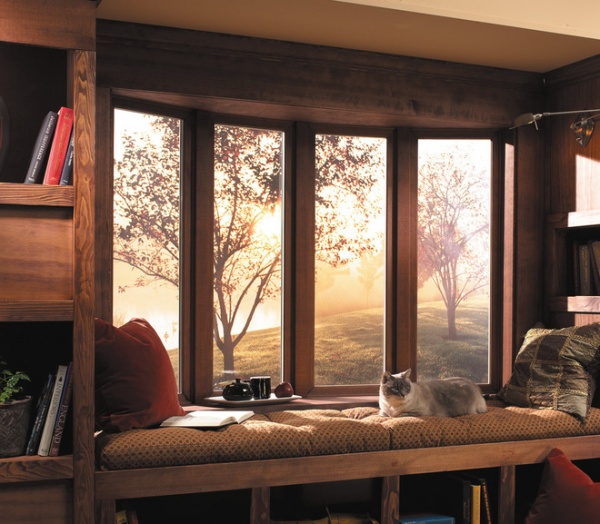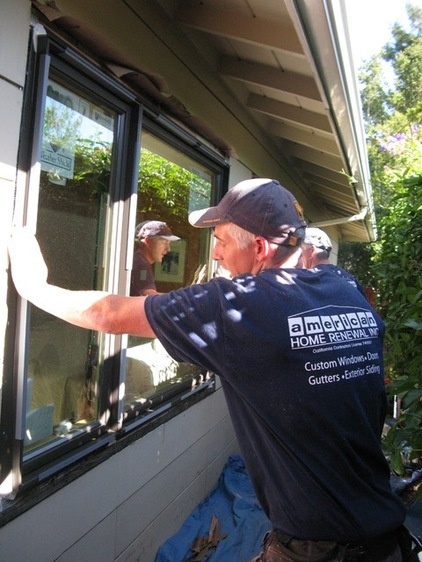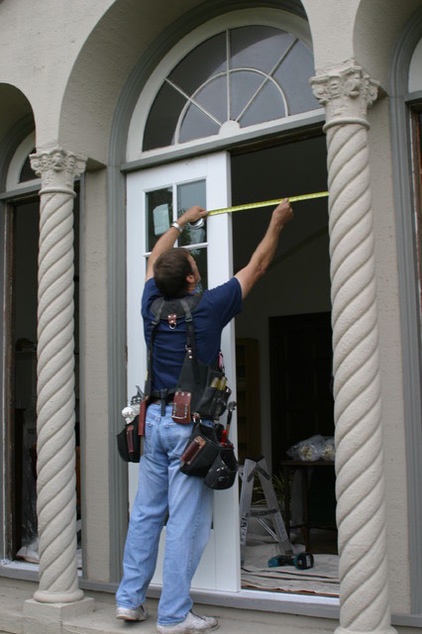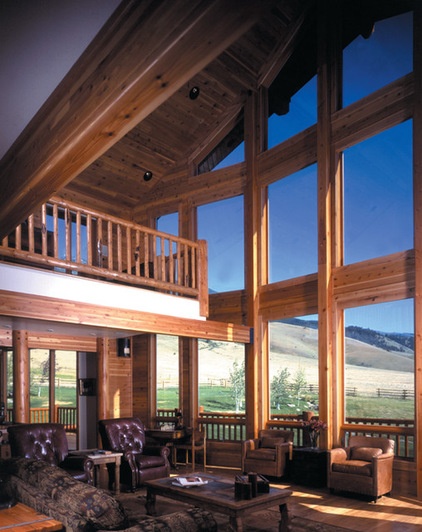How to Install Energy-Efficient Windows
http://decor-ideas.org 07/12/2014 20:15 Decor Ideas
Whether it’s buying a hybrid car or unplugging appliances when they aren’t in use, these days everyone seems to be looking for ways to reduce energy costs along with their carbon footprints. When it comes to your home, old, single-pane windows can be a major energy suck.

According to the U.S. Department of Energy, installing Energy Star–qualified windows can save you up to $465 a year on your electric bills while shrinking your home’s carbon footprint. and reducing greenhouse gas emissions. Energy Star–rated windows must meet strict requirements tailored to main climate regions in the United States. Pay attention to the label, which includes additional information on two important factors:
U-factor: In most climates this is the most important thing to consider when buying energy efficient windows. It measures the insulation capability of the entire window, not just the glass. Windows with lower U-factors conduct less heat, keeping a home warmer in the winter.Solar heat gain coefficient (SHGC): This measures how much heat from sunlight is transmitted through the windows. If you live in an especially sunny locale — such as Florida or Arizona — this will be the most important factor to consider. Once again, the lower the number, the cooler you’ll be on hot, sunny days.Here’s the nitty-gritty on replacing old, single-pane windows with energy-efficient windows.

Who to hire: Replacing windows isn’t as simple as popping the old ones out and sliding new ones in. The way your new windows will be installed depends on the materials your home is made of. For example, wood-framed windows on a stucco home should be installed differently than aluminum-framed windows on a wood-sided home. And the way custom-made windows are installed is even more crucial to the way in which they function.
It’s for this reason that Chris Spilly, cofounder of American Home Renewal in San Rafael, California, recommends making sure that the contractor you hire has a specific license for windows, called a glazing license. The person should also be certified by the American Architectural Manufacturers Association (AAMA) to ensure that everyone on the crew has a high level of training.
He also recommends against putting money down up front, “Once you release money, you release leverage,” says Spilly. “Our industry is second in consumer dissatisfaction after mail order, so don’t pay them anything until the company performs.”
Cost range: Costs vary based on region and window size, starting at around $300 per window installed and rising from there.
Typical project length: It should take three to four days to replace all the windows on an average-size home.
Find window specialists on Houzz

Permits: Your contractor will need to get a building permit for this job. Building codes vary depending on municipality and can include specifications for fire glass, height, size and any number of other variables. Permits also ensure that your home will be up to code when it’s time to sell, so you won’t find yourself having to do any last-minute upgrades.
Best time to do this project: While it’s ideal to replace windows during the warmest, driest season, Spilly says you can replace your windows at any time of year unless your installer needs to cut new openings or there’s a lot of exposure or height.
Shopping tip: When it comes to picking an actual window, don’t get attached to brand names. “There’s really not a best window. It really depends on who we’re talking to and what kind of property we’re talking about, “ says Spilly.
Many firms — like Spilly’s — will send a consultant out first to help guide you toward the right decisions for your home.

First steps: Installation is done primarily from the inside, so your home will temporarily be a construction zone; your surfaces will be protected, and the blinds, shutters and window dressings will be removed.
“The firm should be doing the heavy lifting,” says Spilly. This also includes conforming with any laws regarding lead paint removal.
Once the interior is prepared, your old windows will start coming out and the new ones will start going in.
More: What Type of Window Is Right for Your House?
Related Articles Recommended












